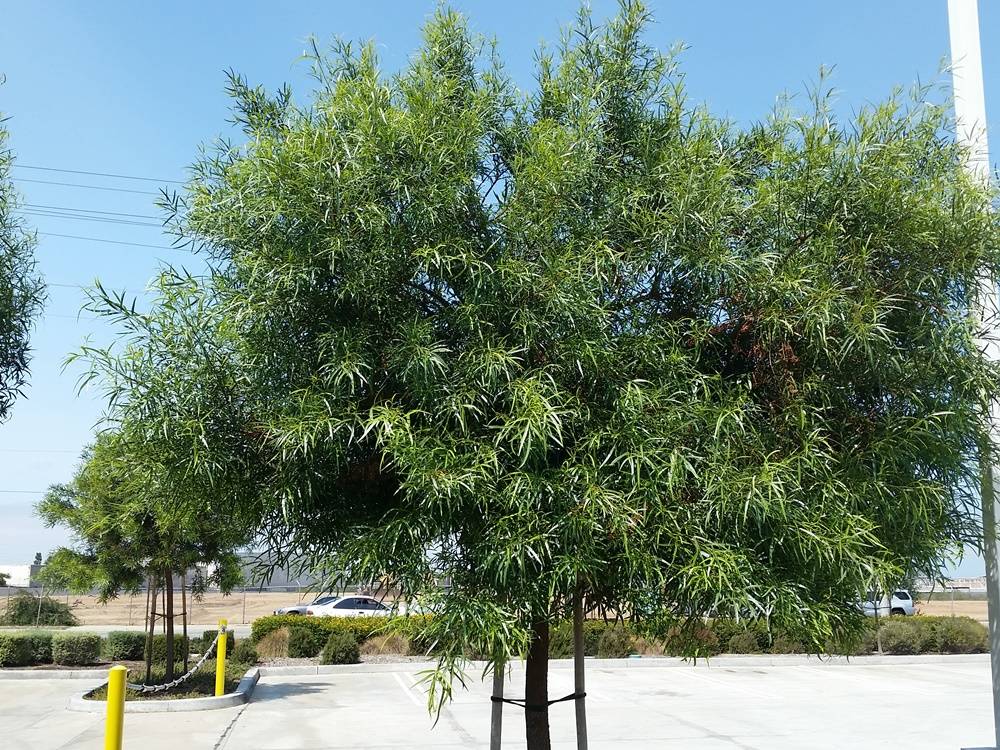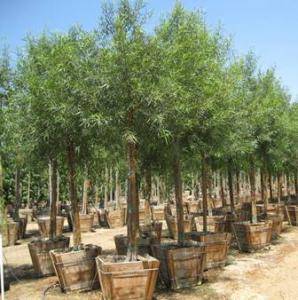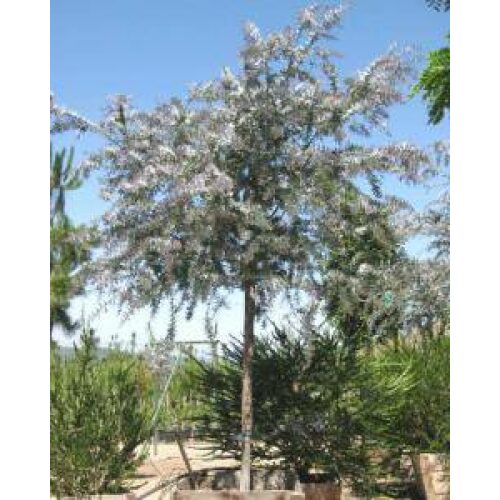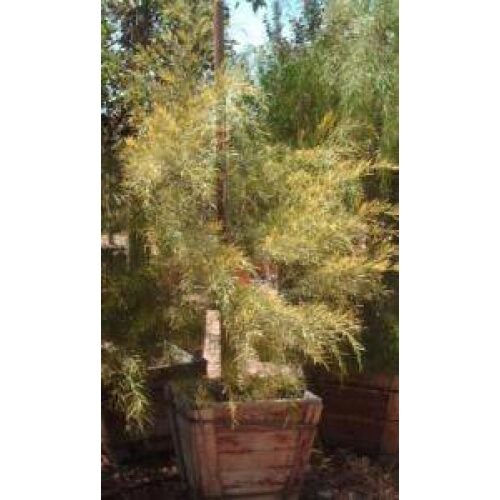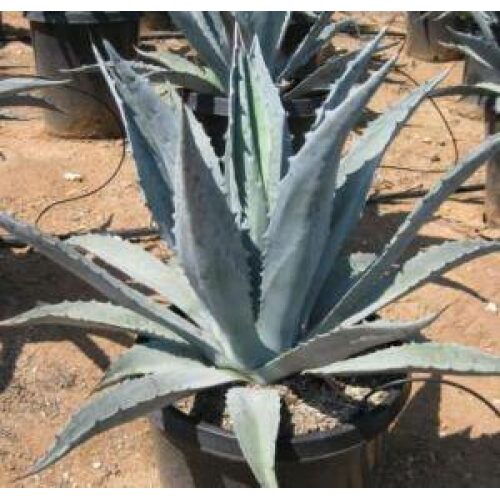Rhus lancea
African Sumac
| Evergreen-Deciduous | Evergreen |
|---|---|
| Overall Mature Size | Medium |
| Mature Height & Spread | 20-30' x 20-35' |
| Exposure | Full to Partial Sun |
| Water | Medium, Low Water |
| Flower Color | Yellow, Green |
| Bloom Time | Winter, Spring |
| Special Features | Coastal Conditions, Desert Conditions, Low Water Use, Screen |
| Container Sizes | #5, #15, 24" box, 36" box |
| Natural Growth Habit | Upright |
| Sunset Garden Zones | 8, 9, 12-24 |
| Minimum USDA Hardiness Zone | 8B-10B |
| Plant Type | Tree |
Moderate to slow-growing evergreen tree to 20-30’ tall x 20-35’ wide. This durable, low-branching species, usually offered in nurseries as a single or multi-trunked specimen, forms an open crown of narrow, lance-shaped dark-green foliage that has a slightly-weeping, graceful appearance. Despite its soft-looking appearance, this species is quite tough and can tolerate heat, poor soils and periods of drought, though a faster-growing, larger specimen is achieved with regular watering in a fast-draining soil. Inconspicuous yellowish-green flowers appear from late-winter to early spring, followed by pea-sized yellow to red fruit that are a good food source for various species of birds. Adding further appeal to this species is its attractive gray bark with orange-colored undertones. Growing from coastal regions to intermediate or low desert climates, this adaptable species is well-suited as a shade tree for parks, medians, parking lot planters or lawns, as well as making a fine evergreen background, windbreak or screen. Prefers a full to partial sun exposure.

